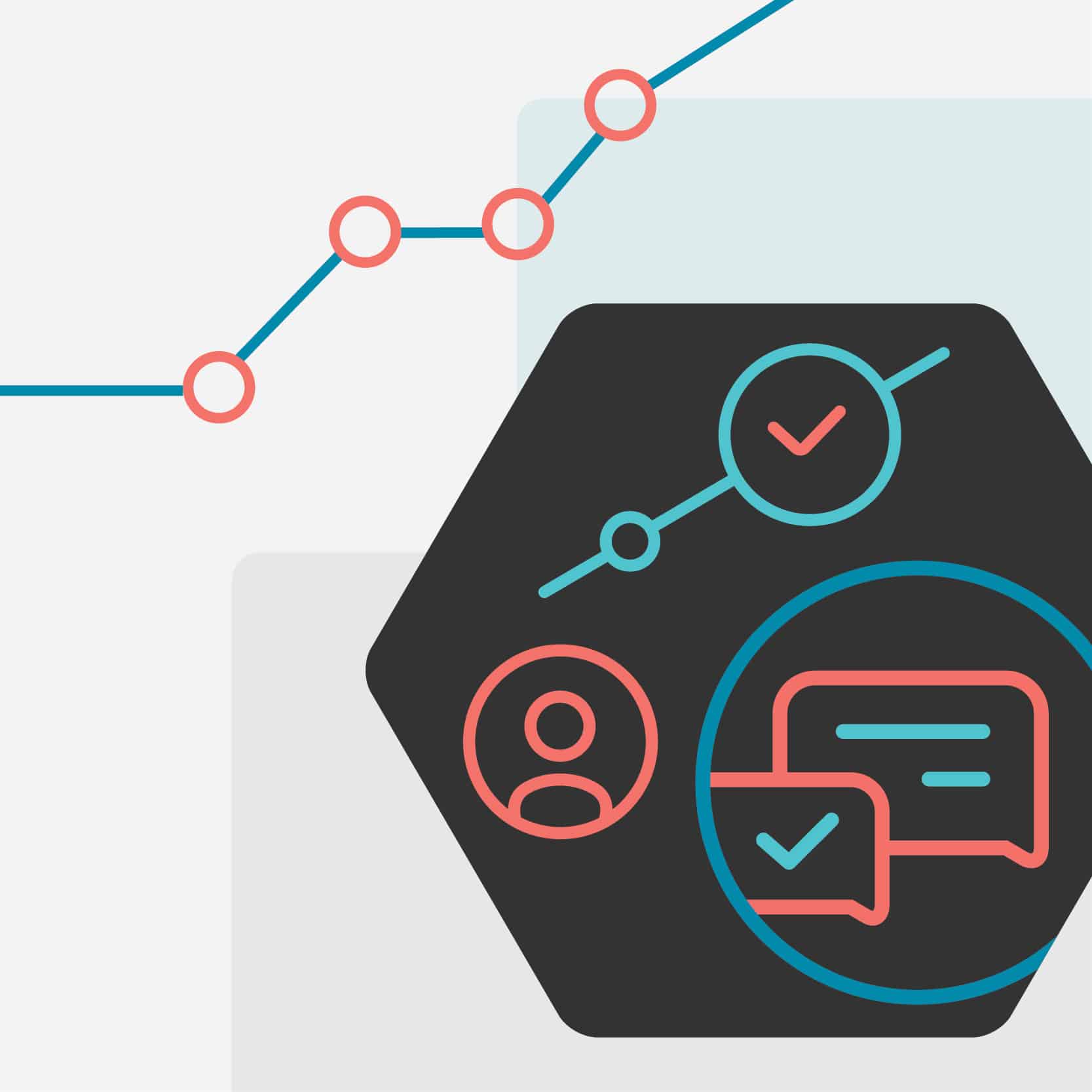The idea of measuring performance has been around for centuries. The journey of this concept began during the industrial revolution when a system was created to document the productivity of humans alongside machines. This system was then revisited during World War II when the military wanted to identify high performers with the potential to move up in rank. As the military began to adopt this new way of reinforcing positive behaviors during the war, corporations began to adopt this process. They started creating systems for documenting performance as well as allocating rewards and creating benefits for high performers.
By the 1960s, General Electric saw an opportunity to revolutionize the now 20-year-old performance management process. The team began leveraging this existing system and used it as a development tool to help people grow while reducing employee turnover. Other high-performing organizations soon followed suit to reduce their own turnover.
The next decade doesn’t just bring peace and love. The 1970s also brought inflation. As inflation started to rise, organizations became unable to afford compensation or merit pay increases for all employees. So they started to create a process to objectively understand how to provide merit increases to high performers.
When the 1980s rolled around GE decided to take another stab at the process. They only awarded top performers, kept their middle-ranked performers, and let go of their low-ranked performers. This trend showed that high-performing organizations were able to successfully sustain themselves by cycling out low performers and bringing new people in. This worked for a while until the 2000s when larger organizations started to flatten their hierarchy. The shining star managers started to take on more direct reports which led to a performance rating process — a process that started to become more cumbersome than originally intended.
By the 2010s, agile performance was the name of the game. While agile had been around for a while, it offered a more flexible way of working. This began to drive what we see today — a process that forgoes the annual performance review and instead advocates for regular performance check-ins. Naturally, this trend did put more pressure on managers and HR teams.
Throughout time, we can see that performance management evolved over the decades to fit our needs. In 2022, the future of performance management isn’t management at all. It’s evolved into continuous performance enablement. This methodology allows HR leaders to equip managers with the resources they need to assess each employee on an ongoing basis. With assessment as their goal, managers become coaches that help employees achieve their professional goals within the company.
In her EmpowerHR: A Betterworks Summit speaking session, Betterworks Program Architect and Organizational Psychologist, Caitlin Collins, provides a history of performance management and demonstrates how goal setting plays an important role in today’s agile continuous performance management process.
Watch Caitlin’s session here!






